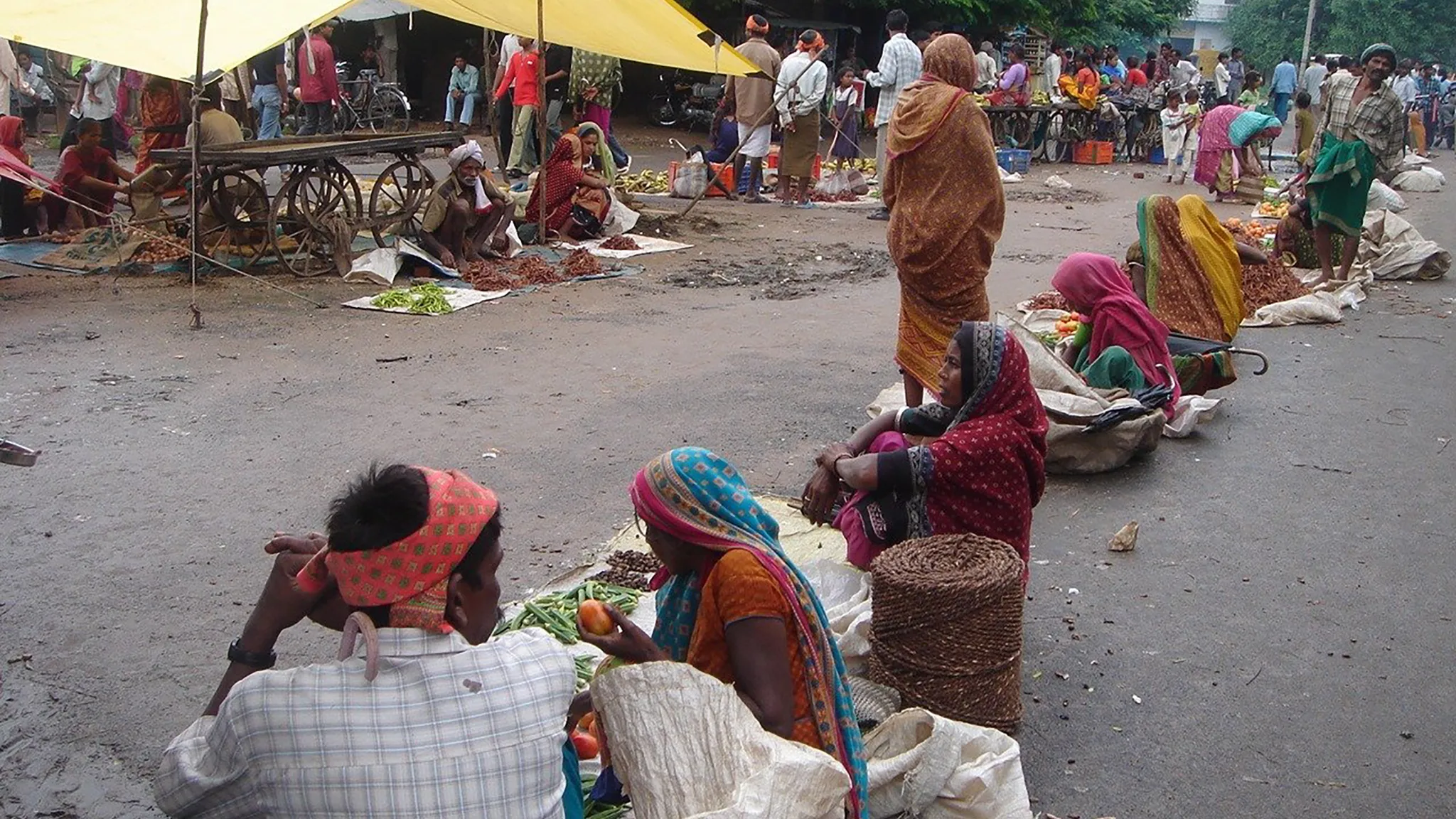The annual monsoon in India is usually welcomed with open arms. It is the lifeblood of the agricultural economy and a respite from the scorching summer heat. However, this year, the monsoon has morphed into a double-edged sword, bringing both relief and considerable disruption. While farmers initially rejoiced at the prospect of a bountiful Kharif season, the prolonged and excessive rains have inundated fields, damaged crops, and severely hampered business activities across various sectors. News reports indicate that this unseasonal deluge has cast a shadow over the Indian economy, particularly impacting sales and dampening festive spirits.
Rains Batter Diverse Sectors
The impact of the relentless monsoon is widespread. Agriculture, the backbone of the Indian economy, has suffered significant losses. While expanded acreages were sown, continuous rains forced farmers to skip crucial agrochemical sprays, potentially leading to lower yields and quality concerns. Analysts at Nuvama Institutional Equities foresee a moderation in growth for the agrochemical sector due to these disruptions. Beyond agriculture, the ripple effect is felt across industries. Sectors like exterior paints, beverages, and out-of-home consumption products have witnessed subdued sales. Retail, especially in automobiles and real estate, experienced a tepid September, with Ganesh Chaturthi and Onam sales failing to provide the anticipated boost. The economic slowdown is palpable, with hopes now pinned on Dusshera and Diwali to revive consumer sentiment.
Electric Vehicle Market Shifts Gears
Interestingly, the auto sector’s woes are not just confined to the monsoon’s impact. The electric vehicle (EV) market, while showing overall growth, is experiencing a fascinating churn. Ola Electric, once the undisputed leader in the e-scooter segment, has seen its sales decline for the second consecutive month. In September, Ola Electric’s sales dipped by 11%, a significant drop from its previous highs. Meanwhile, legacy manufacturers like Bajaj Auto and TVS Motor are gaining ground in the EV space. Bajaj Auto even surpassed TVS Motor to become the second-largest electric two-wheeler player in September. This shift suggests a maturing EV market where established players with their robust manufacturing and distribution networks are beginning to challenge the dominance of start-ups. The rise of CNG-powered motorcycles, spearheaded by Bajaj Auto, adds another dimension to the two-wheeler market. While still nascent, the CNG motorcycle segment demonstrates a diversification in powertrain options and caters to price-sensitive consumers seeking lower running costs.
While the excessive rains have undoubtedly caused short-term setbacks, they have also replenished water reservoirs and improved soil moisture, setting the stage for a promising Rabi season. Analysts anticipate a rebound in tractor and two-wheeler sales in the coming months, buoyed by improved rural sentiment post-harvest. The Indian economy, known for its resilience, will likely weather this monsoon storm. The crucial question is how quickly businesses and consumers can recover and whether the upcoming festive season can indeed reignite the engines of economic growth.
Will Dusshera and Diwali bring the much-needed cheer to businesses? The next few weeks will be critical in determining whether the festive season can wash away the monsoon gloom and usher in a period of renewed economic activity.
Image Courtesy: X (TRIFED)










Leave a Reply